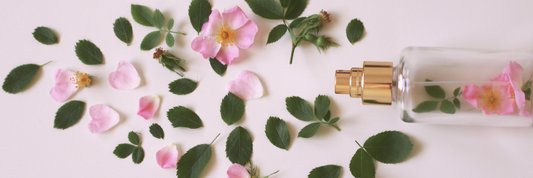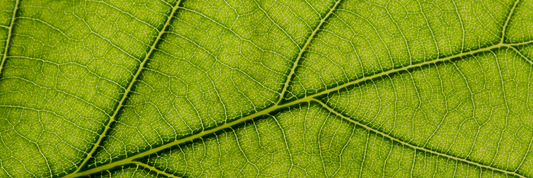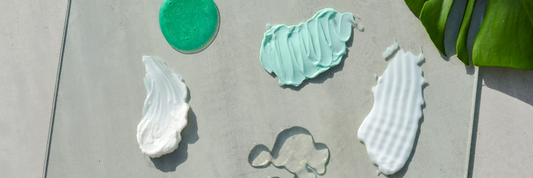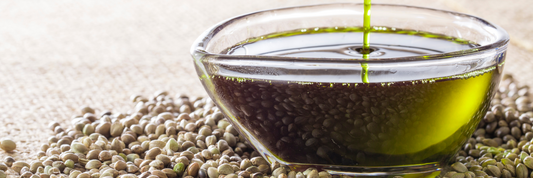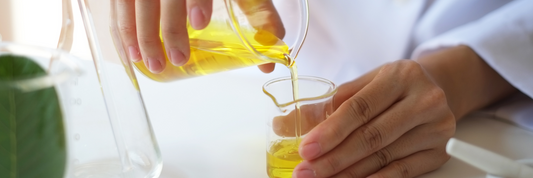
How to Find a Good Recipe
How to Find a Good Recipe
Finding a good recipe can be a little bit of a challenge, but don't worry - we've got you! Follow some of our basic rules when you are out hunting for a recipe to help ensure that your recipe not only works but is also stable and safe to use. We will also give you our favourite DIY formulator recommendations - perfect for if you are just starting out and want a well formulated recipe.
So, what makes a good recipe?
“A good recipe is when an experienced maker has taken the time to create a recipe by weight, adhered to correct usage % of ingredients, and have tested and trailed the recipe. “
You want to keep these things in mind when looking at recipes:
- Is the recipe given in weight? This is one of the most important rules to follow. Beware of any recipes that are given in cups and spoons. Why? Take beeswax as an example – each tablespoon will give you a different amount dependent on if you use small pastilles, pallets, or a block. When using scales is 15gm is 15gm.
- Are the essential oils/fragrances in skin safe range? As a rule of thumb in skincare the usage rate is: Under 1% for body products (that equals 1 gram in a 100g batch), and facial care is under 0.5% (that equals 0.5 gram in a 100g batch). Soaps are usually 3 – 6%, however it is always best to check the supplier's usage rate. It's worth noting that some essential oils/fragrances are skin sensitising so these rules may not apply at all.
- If you are making a water-based product - moisturiser, serum, mist etc (anything that is not 100% oil based), you will need a preservative. Is there a preservative in the formula? No – then this may only last a few days. Check out our Protecting your products – Preservatives Part 1 and Part 2.
- Any oil-based products that are not going to be used in the short term should have the addition of 0.5% of Vitamin E, Mixed Tocopherol or 0.1% Rosemary Antioxidant to slow down oxidation of oils, you can read more about this in our blog post – All you need to know: Antioxidants
- Mist sprays made from water and essential oils will need a preservative and a solubiliser to disperse, as water and oil do not like to mix.
- Do not use any recipes where essential oils ae place undiluted on the skin or used internally - this includes to adding water for drinking.
If you're not sure where to start, we have found some amazing online resources and recipes which we regularly refer to and will often refer newbies to:.
PureNature’s Recipes – we are always in the lab creating, it’s what makes us understand our ingredients more, and have built up a good collection of recipes to get you started.
Humblebee and Me – the amazing Marie Rayma is a whizz at formulating up DIY recipes, make sure you have checked out her amazing website it's full of recipes, video's and resources do it! She also wrote the Make It Up book.
Formula Botanica - a wonderful place for learning and if you want to take your education to the next level they have some fantastic courses.
Swift Crafty Monkey - great recipes, great resources more geared toward the intermediate DIYers and up.
Institute of Personal Care Sciences - an excellent place for education and resources, and the place to go if you want to become a Cosmetic Chemist.
Create Cosmetic Formulas - Belinda from IPCS (above) created a program that teaches and helps you to formulate your recipes correctly, it is available on a subscription basis.
In My Soap Pot - NZ’s very own place for Soapmaking recipes and education. The lovely Jackie runs our soap courses.
Soap Queen - AKA Anne Marie Faiola of the first people to bring soapmaking to our screens, her site has a huge amount of soapmaking recipes and resources. We also offer two books by Anne Marie - Pure Soap Making & Soap Crafting which are both full of great recipes and ideas.
Also if you are in Auckland you can keep an eye on our workshops which we run regularly throughout the year.










